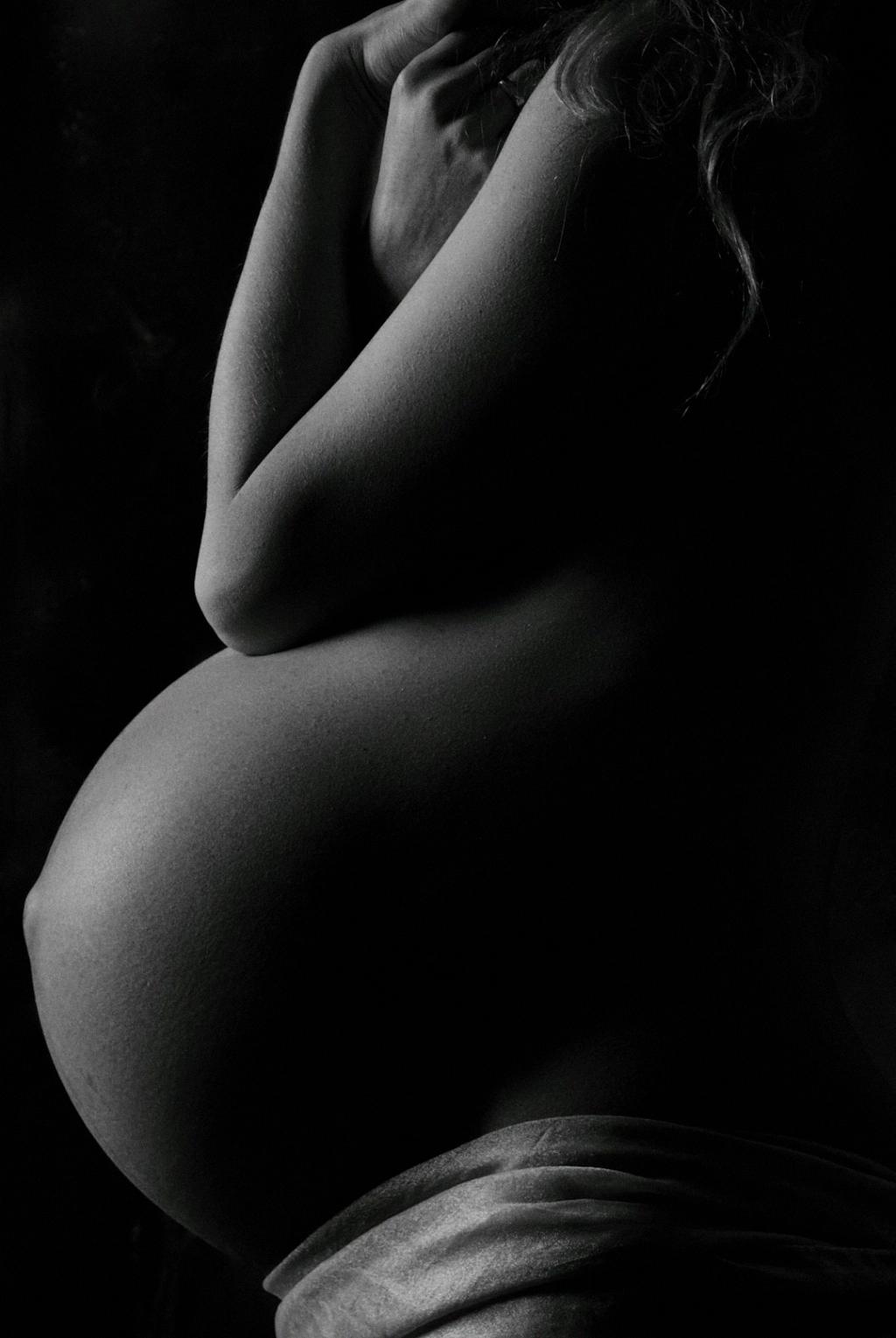Preeclampsia is a serious condition that can occur during pregnancy, typically after the 20th week. It is characterized by high blood pressure and signs of damage to other organs, most often the liver and kidneys. One of the key symptoms associated with more severe cases of preeclampsia is changes in urine color.
Normal Urine Color vs. Preeclampsia Urine Color
Under normal circumstances, urine color can vary depending on factors such as hydration levels and diet. Generally, urine color ranges from pale yellow to amber. However, in the case of preeclampsia, urine color may appear darker than usual, often taking on a dark yellow or even brownish hue.
Signs of More Severe Preeclampsia
More severe cases of preeclampsia can present with a range of symptoms beyond changes in urine color. These may include intense headaches, blurry vision, nausea, upper abdominal pain, sudden weight gain, shortness of breath, rapid heartbeat, and infrequent urination. Paying attention to these signs is crucial for early detection and management of preeclampsia.
Why Does Preeclampsia Cause Dark Urine?
The presence of dark urine in preeclampsia is often linked to the condition’s impact on the kidneys. Preeclampsia can lead to reduced kidney function, causing changes in urine composition and color. Additionally, dehydration, which can be exacerbated by preeclampsia, may contribute to darker urine.
Importance of Prompt Medical Attention
If you experience symptoms of more severe preeclampsia, including dark urine, it is imperative to seek immediate medical attention. Timely diagnosis and intervention are essential for managing preeclampsia and reducing the associated risks for both the mother and the baby.
Monitoring Urine Color and Consulting Healthcare Providers
During pregnancy, it is advisable to monitor changes in urine color along with other symptoms associated with preeclampsia. Consulting healthcare providers for regular check-ups and reporting any concerning signs can aid in early detection and appropriate management of preeclampsia.
Preventive Measures and Lifestyle Factors
While the exact cause of preeclampsia remains unclear, certain preventive measures and lifestyle factors may contribute to reducing the risk of developing this condition. Maintaining a healthy diet, staying hydrated, managing stress levels, and attending prenatal appointments are essential practices for overall maternal well-being.
Support and Education for Expectant Mothers
For expectant mothers, education and support play a vital role in navigating the complexities of pregnancy-related conditions like preeclampsia. Being aware of the potential symptoms, risk factors, and available resources can empower women to make informed decisions about their health and seek appropriate care when needed.
Collaborative Approach to Preeclampsia Management
Effective management of preeclampsia often involves a collaborative approach between healthcare providers, obstetricians, and patients. Open communication, regular monitoring, and adherence to treatment recommendations form the foundation for ensuring optimal maternal and fetal outcomes.
Conclusion
In conclusion, changes in urine color, particularly dark urine, can serve as a significant indicator of more severe preeclampsia during pregnancy. By recognizing the importance of monitoring symptoms, seeking timely medical evaluation, and adopting preventive measures, expectant mothers can prioritize their health and well-being throughout the pregnancy journey.
Seeking Guidance and Support
If you have concerns about preeclampsia or notice unusual changes in urine color or other symptoms, do not hesitate to reach out to your healthcare provider for guidance and support. Your proactive approach to managing preeclampsia can make a difference in ensuring a healthy pregnancy and delivery.

